Trading with Median Lines: Mapping the Markets
$30.82
| Author(s) | |
|---|---|
| Product Type |
Ebook |
| Format |
|
| Skill Level |
Intermediate to Advanced |
| Pages |
189 |
| Publication Year |
2003 |
| Delivery |
Instant Download |
Trading with Median Lines by Timothy Morge is a cornerstone guide for traders who seek precision, structure, and logic in technical analysis. Published by Blackthorne Capital, this book distills Morge’s decades of professional trading experience into a disciplined framework built on the Median Line Principle, originally developed by Dr. Alan Andrews.
Morge demonstrates how price naturally moves along energy paths that can be measured and forecast through properly drawn Median Lines (commonly known as Andrews’ Pitchforks). Through detailed explanations, chart examples, and practical strategies, he teaches how to identify balance points, price swings, and high-probability setups using simple geometric tools—without relying on indicators or lagging systems.
This book goes far beyond pattern recognition. It teaches market structure reading, energy point forecasting, and probability-based trade execution grounded in the laws of action and reaction. Morge’s elegant blend of geometry and real-world trade management provides traders with the clarity to anticipate market turns, control risk, and master the rhythm of price movement.
✅ What You’ll Learn:
- How to draw, interpret, and trade using Median Lines and Parallel Lines.
- The physics of price: why markets move in energy flows governed by geometry.
- Identifying pivots, balance points, and price “slopes” that reveal direction and momentum.
- Advanced applications including Modified Schiff and Sliding Parallel techniques.
- Risk control, stop placement, and trade management using objective structure.
💡 Key Benefits:
- Build a clear, repeatable trading process grounded in market geometry.
- Anticipate price movement without relying on indicators or guesswork.
- Combine structure, probability, and discipline for consistent performance.
- Learn directly from one of the world’s foremost experts on Median Lines.
- Develop professional-level analytical precision applicable to all markets and timeframes.
👤 Who This Book Is For:
- Technical traders seeking to master price structure and geometry-based trading.
- Professionals transitioning from indicators to pure price-based analysis.
- Students of Andrews, Babson, Gann, and classical market geometry.
- Swing and intraday traders aiming for systematic, low-risk execution methods.
📚 Table of Contents:
- Introduction
- Median Lines
- Schiff Median Lines
- Inside Median Lines
- Gap Median Lines
- Trade Examples: Using Median Lines
- Warning Lines
- Sliding Parallel Lines
- Lines of Force: Proving the 80 Percent Rule
- The Trend Test Barrier
- Using the 0-4 Pivot Count to Anticipate Market Moves
- Trade Examples: Combining the Count and Median Lines
Trading with Median Lines: Mapping the Markets By Timothy Morge
5 reviews for Trading with Median Lines: Mapping the Markets
Clear filtersOnly logged in customers who have purchased this product may leave a review.


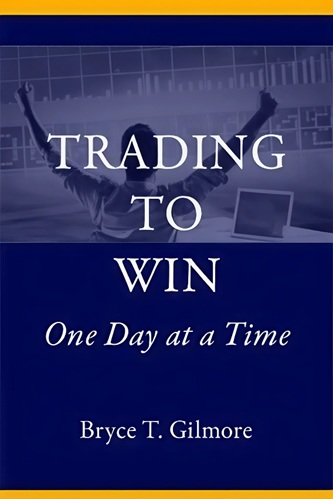
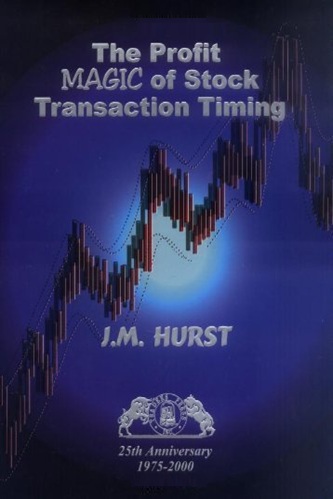
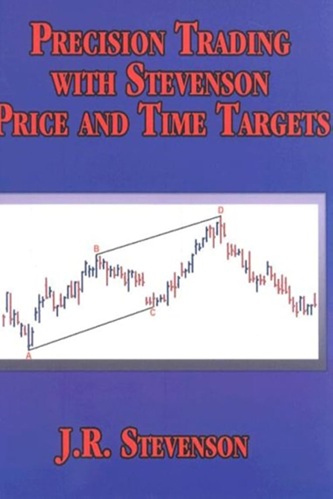
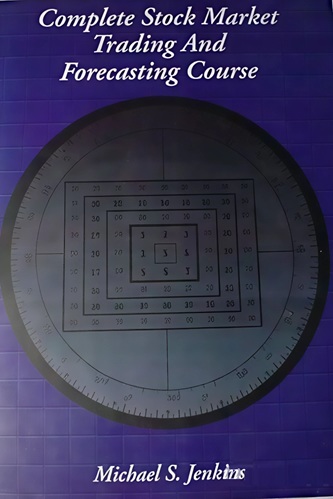
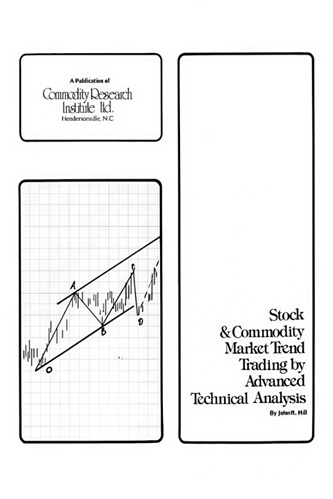
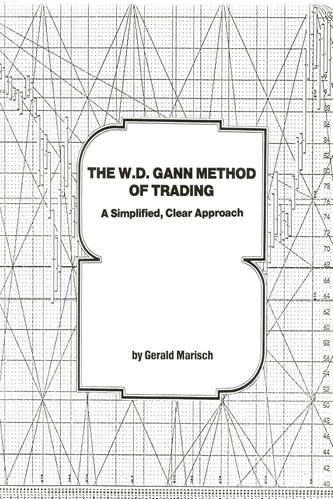
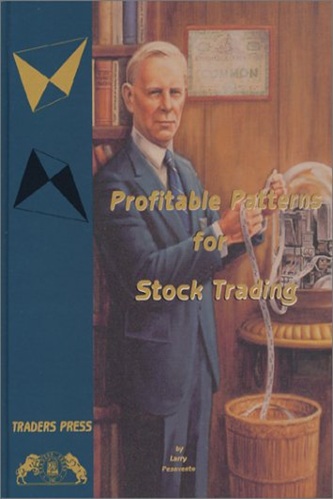
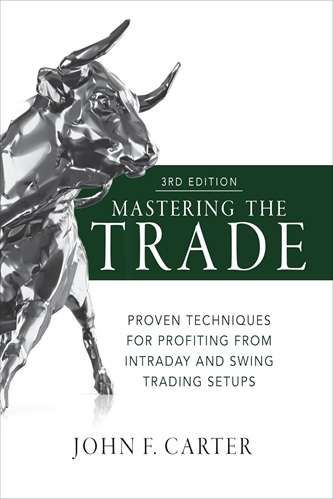
Hugh McMillan (verified owner) –
Mark Villanueva (verified owner) –
Alonso McConnell (verified owner) –
Liliana Pratt (verified owner) –
Excellent book about Median Lines:, would of been better if it had explanations of stop loss and take profit more.
Serena Romero (verified owner) –
I have bought this book one month ago. It looks like a university book, spiral wound book. 180pages. Plenty of graphs to explain the concepts of median lines. Concepts are expained really well.